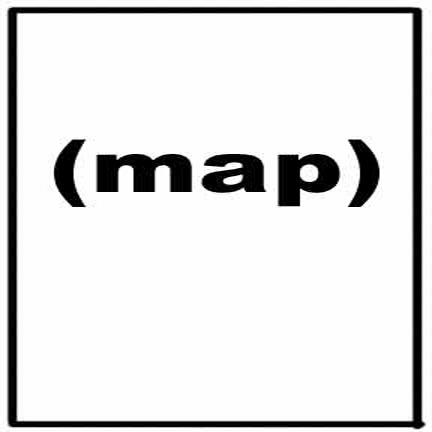 Lee de Forest (1873-1961)
Lee de Forest (1873-1961)
 Target is current location of Lee deForest hitchhiker. Red balloons are the last hour; Yellow balloons are the last day; Blue balloons are sample points from a week and older. |
Sculpture by Jim Pallas |
|
IMMIGRATION/EMIGRATION'S ROOTS & BRANCHES One thinks of de Forest almost like Californian Luther Burbank. A hundred years ago things grew in the Valley of the Heart's Delight, the finest alluvial fruit-growing land and balmy weather in America. The railroad ran to San Francisco and, from San Jose, points east. Packing plants like Libby's located along the railroad line, reduced (or ascended) to a research park shortly after we arrived in the Valley in 1988.
His subsequent invention, the triode (three-electrode, a grid inserted between the filament and plate of John Fleming's diode) has been called the most important electronics invention between the development of radio and the birth of the transistor. De Forest involved himself in radio, broadcasting the 1916 Presidential election results and grand opera, and enjoying the company of radio personalities. He developed the synchronized sound process for movies and predicted microwave cooking, but poo-pooed manned space flight and was convinced the transistor would never replace the audion vacuum tube.
This summer I labor to clean an Augean stables of a moldy midwestern basement (ironically on street called Pomona, muse of fruit growing in a neighborhood carved from an apple orchard), dust- and dirt-encrusted pre-semiconductor electronics in my dad's, and other professors' workshops (their widows invited him over to come take what he wished). I remain baffled by the machinery and fetish of the Detroit car, as I do by the collections my late Electrical Engineer/Professor father, product of the final age of electrifying America, uninterested in computers or even semiconductor technology.
Reference consulted: http://www.leedeforest.org/ http://en.wikipedia.org/wiki/Lee_De_Forest Photo: http://www.histoire-informatique.org |